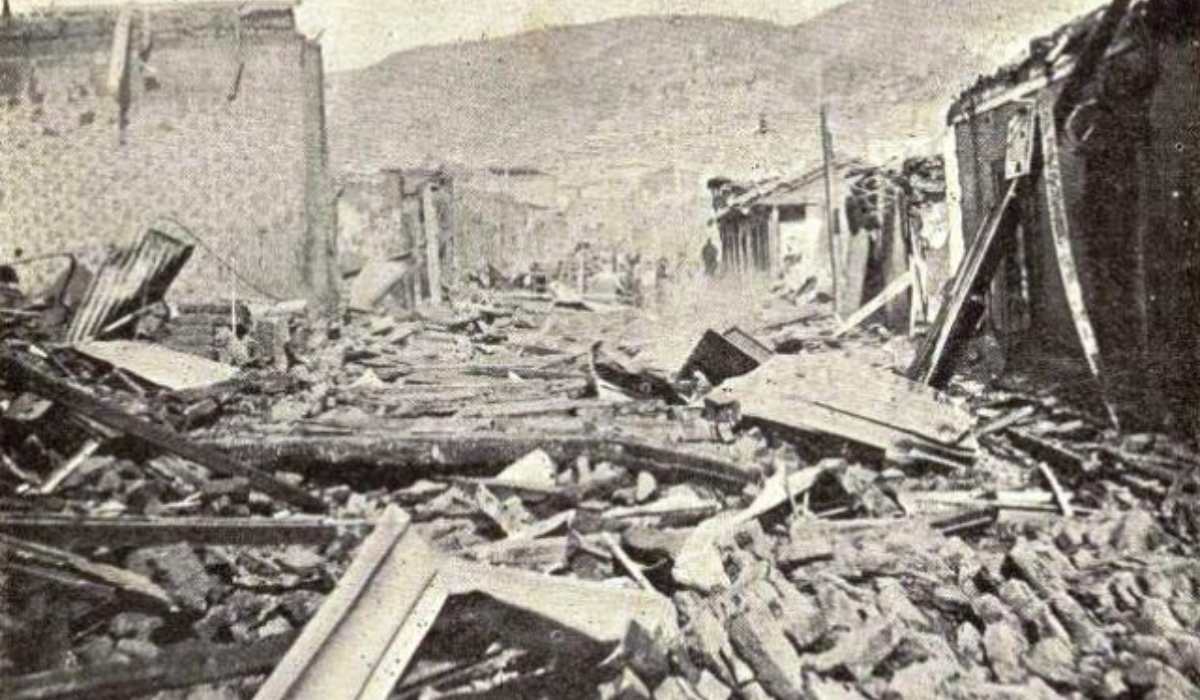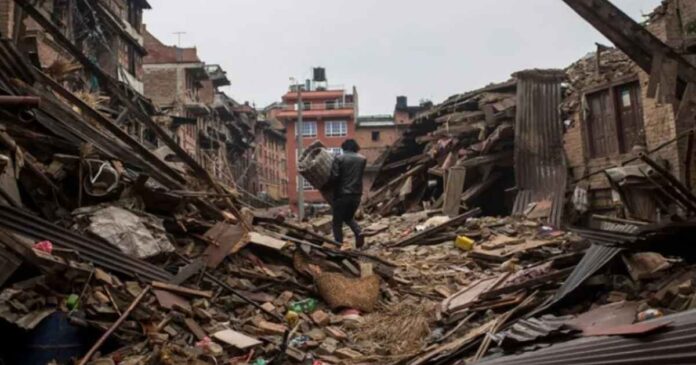On the night of 30th July 2025, at 11:25 local time on Wednesday, a massive 8.8 magnitude earthquake struck off Russia’s Kamchatka Peninsula, triggering tsunami warnings as far away as French Polynesia and Chile, and was followed by an eruption of the most active volcano on the peninsula.
It was so powerful that it shook buildings, triggered tsunami alerts across the Pacific, and landed itself among the six strongest earthquakes ever recorded in history.
And yet, fortunately, there were no reported deaths. About 17 hours later, the worst threat appears to have passed.
How does this recent earthquake compare to those in the past? Throughout history, we have recorded significant earthquakes that have affected the Earth. In this article, we will list the strongest earthquakes ever recorded and see how they compare to the recent event.
Strongest Earthquakes Ever Recorded
1. Chile, 1960 – Magnitude 9.5
The Valdivia earthquake on May 22, 1960, remains the strongest earthquake ever recorded in history. Striking southern Chile with a magnitude of 9.5, it lasted over 10 minutes and caused massive destruction.
The earthquake triggered a Pacific-wide tsunami that killed hundreds as far away as Japan and the Philippines. Estimated fatalities range between 1,000 and 6,000, and over two million people were left homeless.
2. Alaska, 1964 – Magnitude 9.2
On March 28, 1964, a 9.2 magnitude earthquake struck Prince William Sound, Alaska. It remains the most powerful earthquake in U.S. history. It caused ground fissures, landslides, and tsunamis, killing 131 people, most due to tsunami waves.
The quake lasted approximately 4.5 minutes and reshaped parts of Alaska’s coastline permanently.
3. Sumatra, Indonesia, 2004 – Magnitude 9.1
The Indian Ocean earthquake on December 26, 2004, measured 9.1 in magnitude and caused one of the deadliest tsunamis in modern history. Waves over 30 metres (100 feet) high devastated 14 countries, including Indonesia, Thailand, Sri Lanka, and India.
The death toll surpassed 230,000, and millions were displaced. This disaster sparked major global investment in tsunami detection systems.
4. Japan, 2011 – Magnitude 9.1
The Tōhoku earthquake on March 11, 2011, off Japan’s northeast coast, reached 9.1 magnitude. It caused a powerful tsunami that claimed over 15,000 lives and led to the Fukushima nuclear disaster. It was the costliest natural disaster in history, with damages exceeding USD 235 billion.
While Japan’s strict building codes minimised structural collapse, the tsunami overwhelmed defences.
5. Russia, 1952 – Magnitude 9.0
On November 4, 1952, a 9.0 magnitude earthquake struck off the coast of Kamchatka, Russia. It generated Pacific-wide tsunamis that hit Hawaii and caused significant damage. In Russia, more than 2,300 people were killed, mostly due to tsunamis that swept coastal towns. This was the last megaquake in the region until the recent 2025 event.
6. Kamchatka, Russia, 1737 – Estimated Magnitude 9.0–9.3
Historical records describe a massive earthquake and tsunami off Kamchatka in 1737. While exact instruments were not available, modern geologists estimate a magnitude between 9.0 and 9.3. Coastal settlements were destroyed, and the event likely rivaled the 1960 Chile quake in energy release.
Note: No footage of the earthquake is available.
7. Kamchatka, Russia, 1841 – Estimated Magnitude 9.0–9.2
Another great quake struck Kamchatka on May 17, 1841. With an estimated magnitude of 9.0 or higher, it again produced a major tsunami and widespread destruction. The lack of population data limits full casualty estimates, but the seismic and tsunami impact was significant across the region.
Note: No footage of the earthquake is available.
8. Chile, 2010 – Magnitude 8.8
On February 27, 2010, an 8.8 magnitude quake struck central Chile, killing over 500 people and displacing more than 800,000. The earthquake lasted over three minutes and caused a tsunami that reached across the Pacific. The damage totaled approximately USD 30 billion.
9. Ecuador-Colombia, 1906 – Magnitude 8.8
A powerful 8.8 magnitude earthquake hit off the coast of Ecuador and Colombia on January 31, 1906. It generated a large tsunami that killed at least 500 people in the region. Despite its strength, the lower population density of the area helped limit fatalities.

10. Assam–Tibet, 1950 – Magnitude 8.7
Unlike the others, the 1950 earthquake in Assam-Tibet on August 15 was not a subduction-zone quake, but rather a continental collision. With a magnitude of 8.7, it caused landslides, river blockages, and over 4,800 deaths in northeast India and Tibet. This remains the largest continental earthquake recorded by modern instruments.
Where the 2025 Russia Earthquake Fits In?
The Kamchatka event of July 30, 2025, stands out as:
-
The strongest earthquake in the region since 1952
-
Among the top six largest globally in modern seismic records
-
Remarkably, despite producing tsunami waves up to 4 m, it caused no confirmed fatalities, due in part to its relative depth (~20 km) and prompt evacuations.
Most importantly, this earthquake is a stark reminder of our planet’s seismic power. Though modern warnings, evacuations, and relative depth prevented widespread casualties, the event highlights risks posed by earthquakes, especially in densely populated coastal regions.
Stay tuned to Brandsynario for the latest news and updates.





































